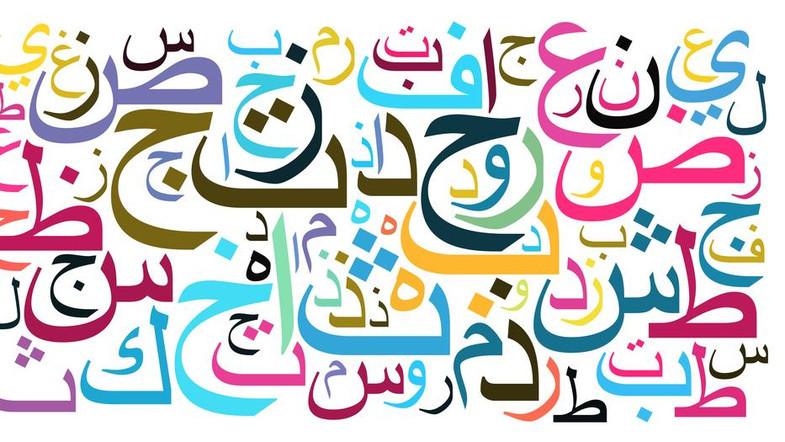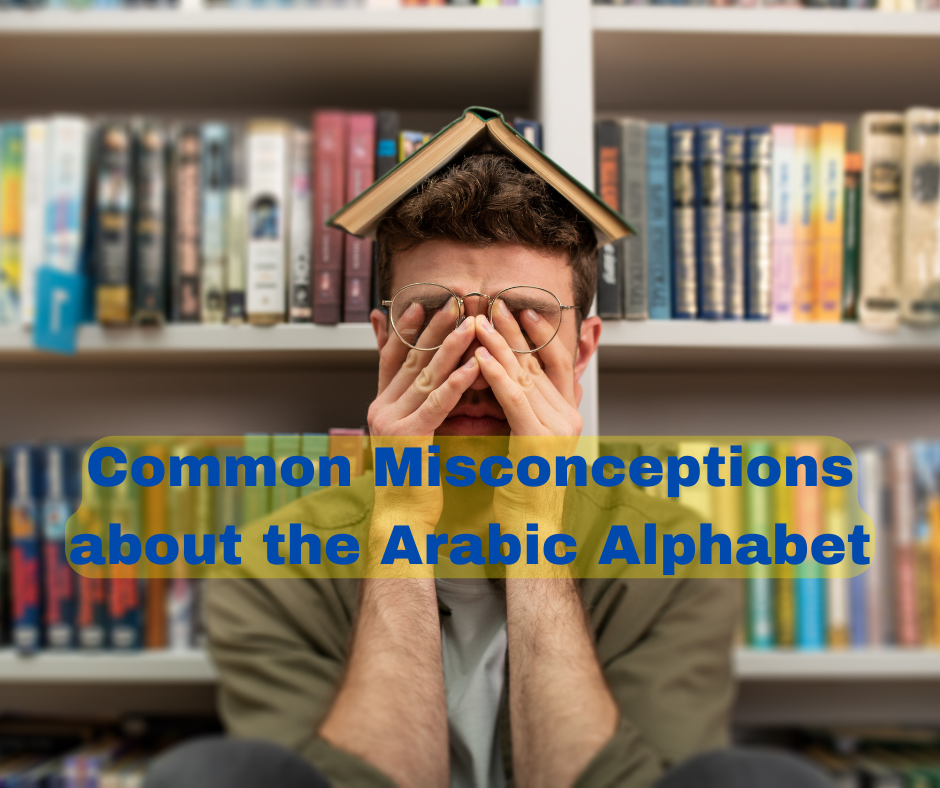Learning the Arabic alphabet can seem daunting due to various misconceptions. Here, we’ll address some of the most common misunderstandings to provide a clearer picture of what learning the Arabic script entails.
Misconception 1: The Arabic Alphabet is Extremely Difficult to Learn
Many believe that the Arabic alphabet is inherently difficult to master. While it does present unique challenges, such as its right-to-left writing direction and cursive nature, the alphabet consists of only 28 letters. With consistent practice and effective learning strategies, many learners find it manageable. Arabic does not have uppercase or lowercase letters, which can simplify the learning process compared to languages with case distinctions.

Misconception 2: Arabic Letters Look Completely Different in Different Positions
Another common misconception is that Arabic letters change drastically depending on their position in a word. While it’s true that most letters have different forms depending on whether they appear at the beginning, middle, or end of a word, these changes are usually minor and follow predictable patterns. Learning these forms is similar to understanding cursive writing in English.
Misconception 3: Dots Make the Alphabet Confusing
Many learners are intimidated by the dots that appear above or below Arabic letters, thinking they make the alphabet confusing. In reality, these dots are crucial for distinguishing between letters that have similar shapes. For example, ب (b), ت (t), and ث (th) share the same base shape but are differentiated by the number and placement of dots. Once learners become familiar with these distinctions, the dots actually make reading easier, not harder.
Misconception 4: The Alphabet is Only for Religious Texts
Some believe that the Arabic alphabet is primarily used for religious texts, specifically the Quran. While classical Arabic (Fusha) الفصحى is the language of the Quran, the Arabic script is used in a wide range of contexts, from modern standard Arabic used in media and literature to numerous dialects spoken across the Arab world. The script’s utility extends far beyond religious purposes.
Misconception 5: Arabic is a Single, Uniform Language
A common linguistic misconception is that Arabic is a monolithic language. In reality, Arabic encompasses a variety of dialects, which can differ significantly from one another in vocabulary, pronunciation, and even grammar. Modern Standard Arabic serves as a unifying form used in formal writing and speech, but regional dialects (like Egyptian) are prevalent in daily communication.
By understanding and addressing these misconceptions, learners can approach the Arabic alphabet with a more informed and positive mindset, recognizing its unique features and the rich linguistic heritage it represents.




